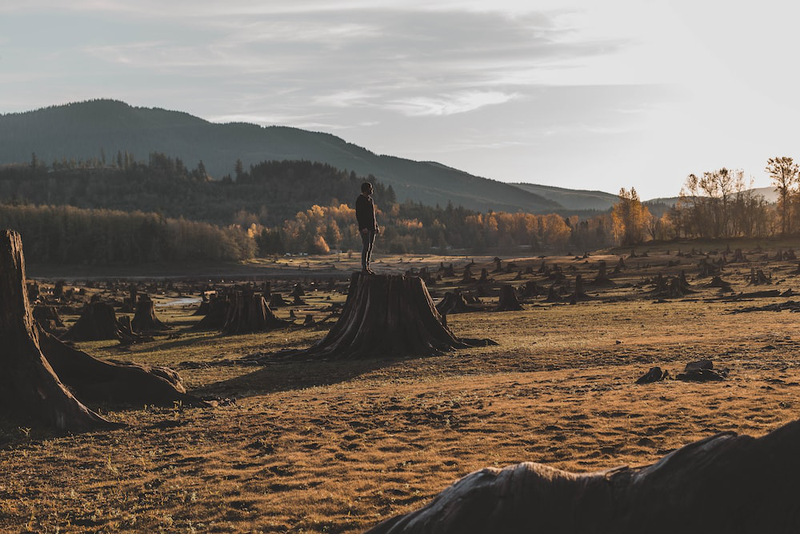
Kenya’s Mau Forest houses East Africa's largest montane ecosystem. It is facing an ongoing threat of deforestation, which, given its sheer 273,300-hectare scale, is raising concerns about the wider impact on the planet's ecosystem.
Many of our blogs address the importance of minimizing human impact on all of earth’s inhabitants. A prime example of human impact on biodiversity is the unfortunate continuing deforestation in Kenya’s Mau Forest which is having potentially far-reaching consequences for biodiversity, water resources, and climate patterns.
Deforestation Trends in Mau
New satellite data reveals alarming trends in Mau Forest's tree cover loss, with more than 19% lost between 2001 and 2022. Despite protection efforts, illegal logging and agricultural expansion persist due to unclear boundaries and limited enforcement.
Conservationists stress the urgent need for stronger monitoring and enforcement to safeguard Mau Forest's rich biodiversity and water resources.
Impact on Water Resources and Climate Patterns
Mau Forest is Kenya's largest water-capturing forest. Deforestation also disrupts the forest's ability to absorb carbon dioxide from the atmosphere, leading to increased greenhouse gas emissions contributing to global climate change.
Consequently, the reduced rainfall and dried rivers not only affect crop yields but also pose a threat to water security for millions of people who depend on the ecosystem.
Biodiversity at Stake
The Mau Forest houses a diverse range of species, including the endangered African bush elephant, African golden cat, yellow-backed duiker, side-striped jackal, and nocturnal bongo antelope.
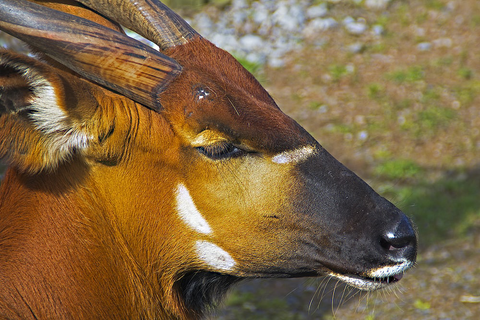
These animals play a number of roles in balancing the ecosystem, such as keeping invasive species in check and carrying pollen from one plant to another. Needless to say, their extinction could have far-reaching consequences.
While the forest is classified as an Important Bird Area, it may soon lose status due to the rampant deforestation in Kenya. Conservationists emphasize the need for immediate action to prevent further degradation.
Community Perspectives and Challenges
Local communities, driven by the need for resources, engage in activities like slash-and-burn agriculture and logging. While efforts, such as evictions and replanting, have been made, limited resources and unclear boundaries hamper effective enforcement. Clashes over resources between Maasai and Kipsigis communities further complicate conservation initiatives.
The Butterfly Effect: Small Changes, Big Impact
The concept of the butterfly effect, popularized by the phrase "Does the flap of a butterfly's wings in Brazil set off a tornado in Texas?" illustrates the interconnectedness of the Earth's complex web.
Similarly, even seemingly small changes in ecosystems, such as deforestation in Kenya’s Mau Forest, can have extraordinary consequences on a global scale.
- Altered Weather Patterns: The loss of Mau Forest's extensive tree cover can influence regional and global weather patterns. Changes in precipitation and temperature can have cascading effects on ecosystems far beyond Kenya.
- Shifts in Agricultural Productivity: Changes in climate patterns and water availability due to Mau Forest deforestation can affect agricultural productivity not only in Kenya but also in neighboring regions and potentially globally. This could lead to food insecurity and economic challenges.
- Heightened Risks: Changes in local climate patterns can increase the region's vulnerability to natural disasters such as floods, droughts, and wildfires. These events can have far-reaching consequences on nearby countries and even globally.
The impact of Mau Forest deforestation highlights the interconnectedness of global ecosystems. Addressing such environmental challenges requires international collaboration and shared responsibility to mitigate the broader implications. This is where you, as a consumer, can play an indispensable role.
Explore extinct animal clothing at Speciologie and contribute to conservation efforts. For each purchase, we donate towards safeguarding endangered plant, animal, and fungal species. Purchase a Tasmanian tiger, quagga, or Pyrenean ibex outfit and be a part of preserving our planet's ecosystems.
Got questions? Reach out for inquiries and concerns.


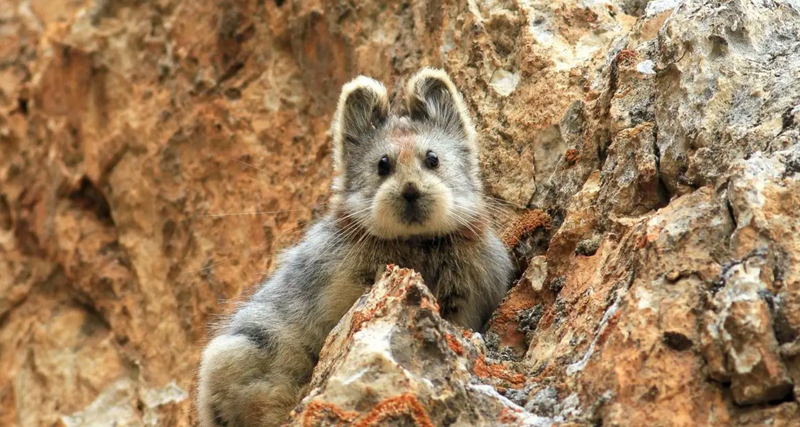
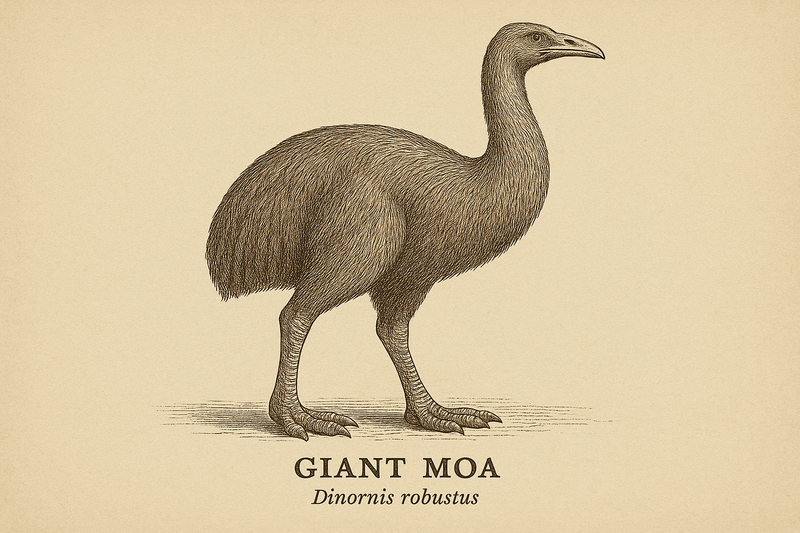
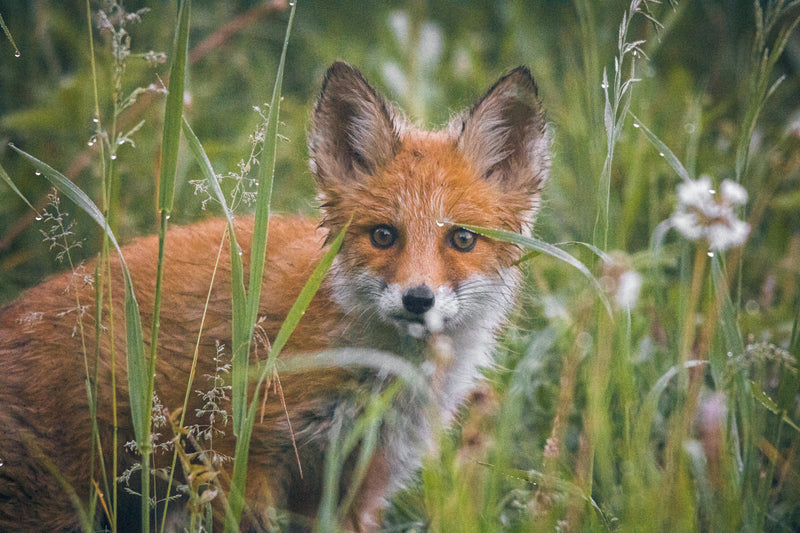

0 comments